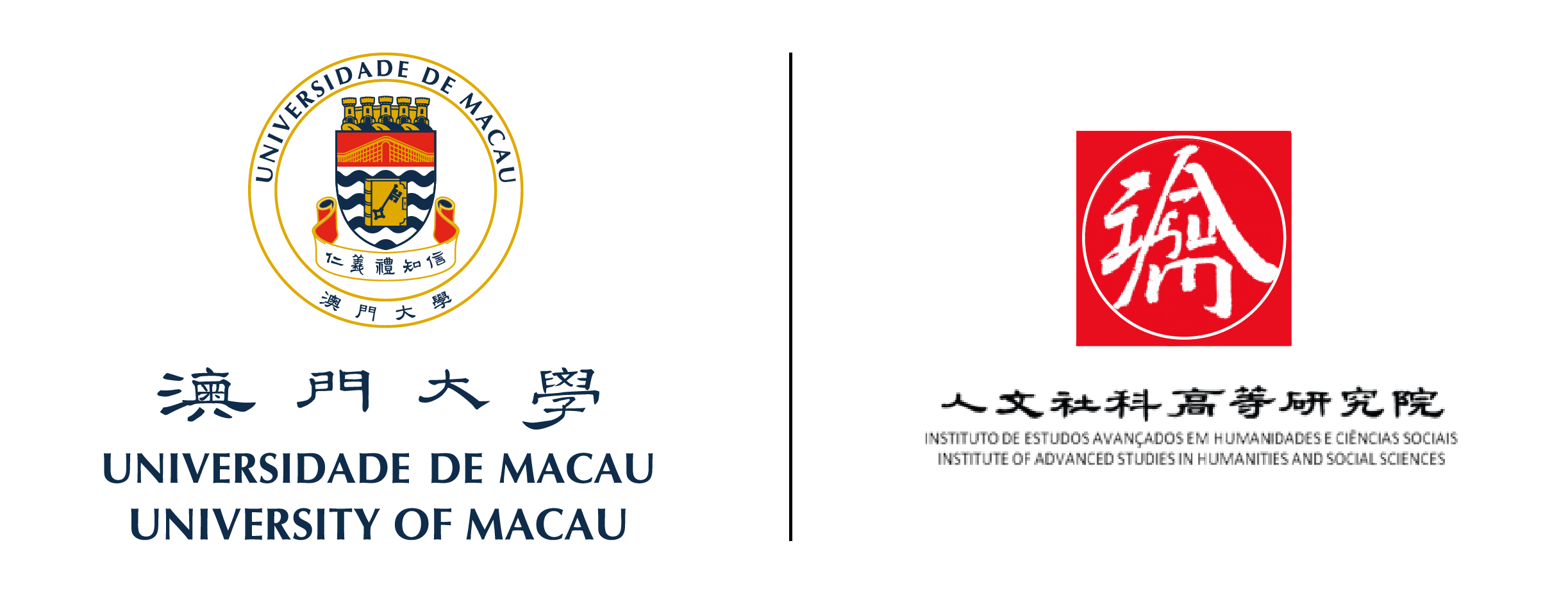
IAS Distinguished Guest Lecture, “International Migration to the United States in the New Millennium: Policy Making, Reform, and Impacts” was successfully held on 11 December 2023 at the Auditorium, UM Gallery. The lecture featured Professor Min Zhou, a Distinguished Professor of Sociology and Asian American Studies, Walter and Shirley Wang Endowed Chair in US-China Relations and Communications and Director of the Asia Pacific Center at the University of California, Los Angeles, a member of the American Academy of Arts and Sciences and the U.S. National Academy of Sciences, and a member of IAS Academic Committee, as the keynote speaker. Professor Xingzhong Yu, Director of the IAS and Chair Professor of the Department of Global Legal Studies of the Faculty of Law assumed the role of moderator.
An outline of the long-term changes to U.S. immigration laws and regulations, along with the motivations behind and effects of immigration policy-making, was given by Professor Zhou. This included the 1924 National Origins Act and the Chinese Exclusion Act, which limited the number of immigrants allowed entry into the states through the National Origins Quota System and significantly reduced immigration. The National Origins Quota System, which was put in place in 1924, was eliminated by the Immigration and Nationality Act of 1965, also known as the Hart-Celler Act, which also established the foundation for current U.S. immigration law.
Professor Zhou concluded that immigrants make up the majority of the United States, and changes in immigration laws have had a significant effect on both the demographic structure of the country and the integration of immigrants into American society. Immigrants have made an effort to blend in with American society, but they encountered structural barriers including ethnic and cultural distinctions. Racialized immigration policymaking has affected assimilation, shaped American society’s structural disparities, and become a major source of contention today.
The lecture attracted over 100 participants, including teachers and students from various fields and disciplines both from within and outside the university, who actively engaged in a lively discussion on the issue of structural inequalities in American society.







